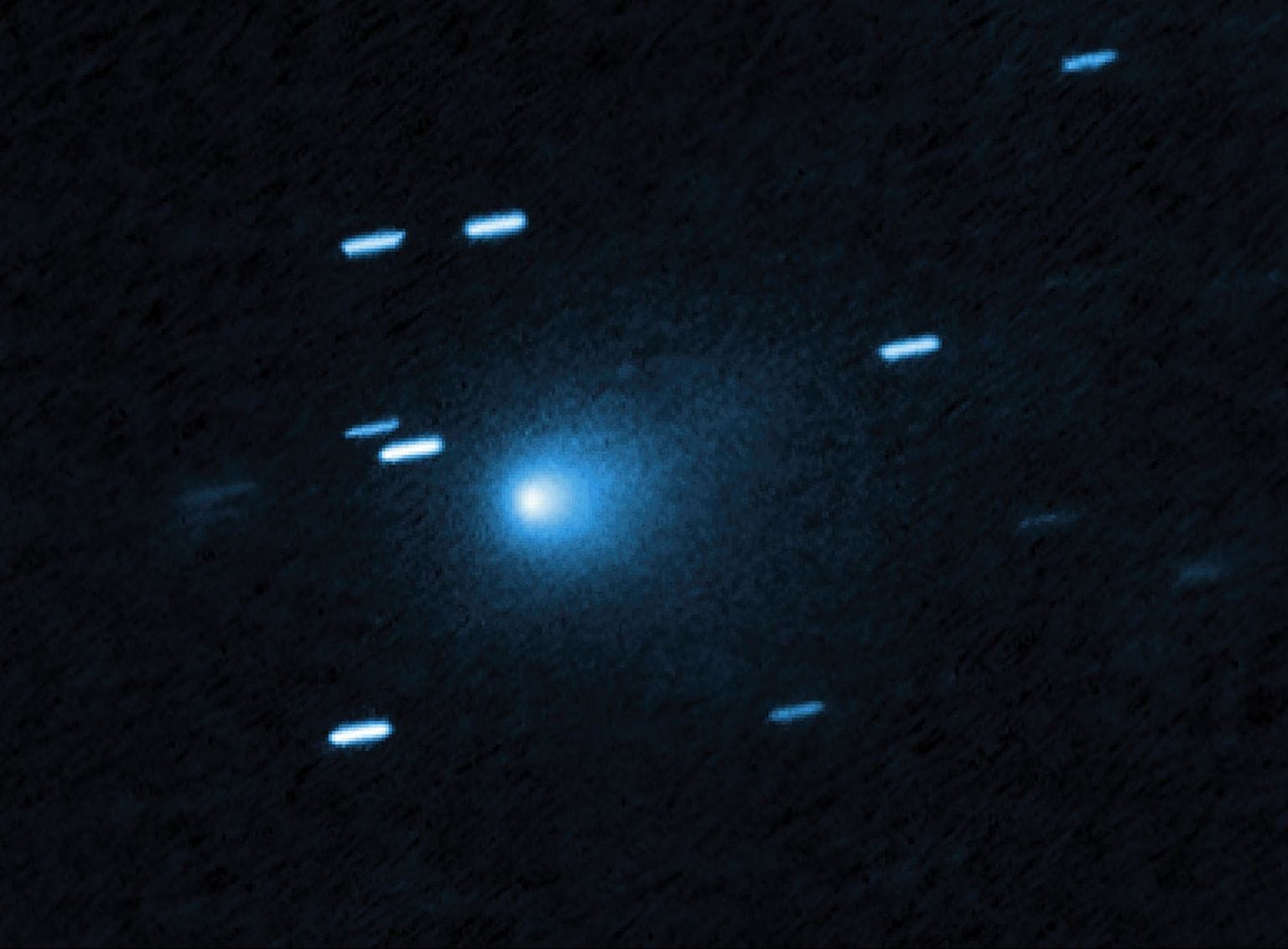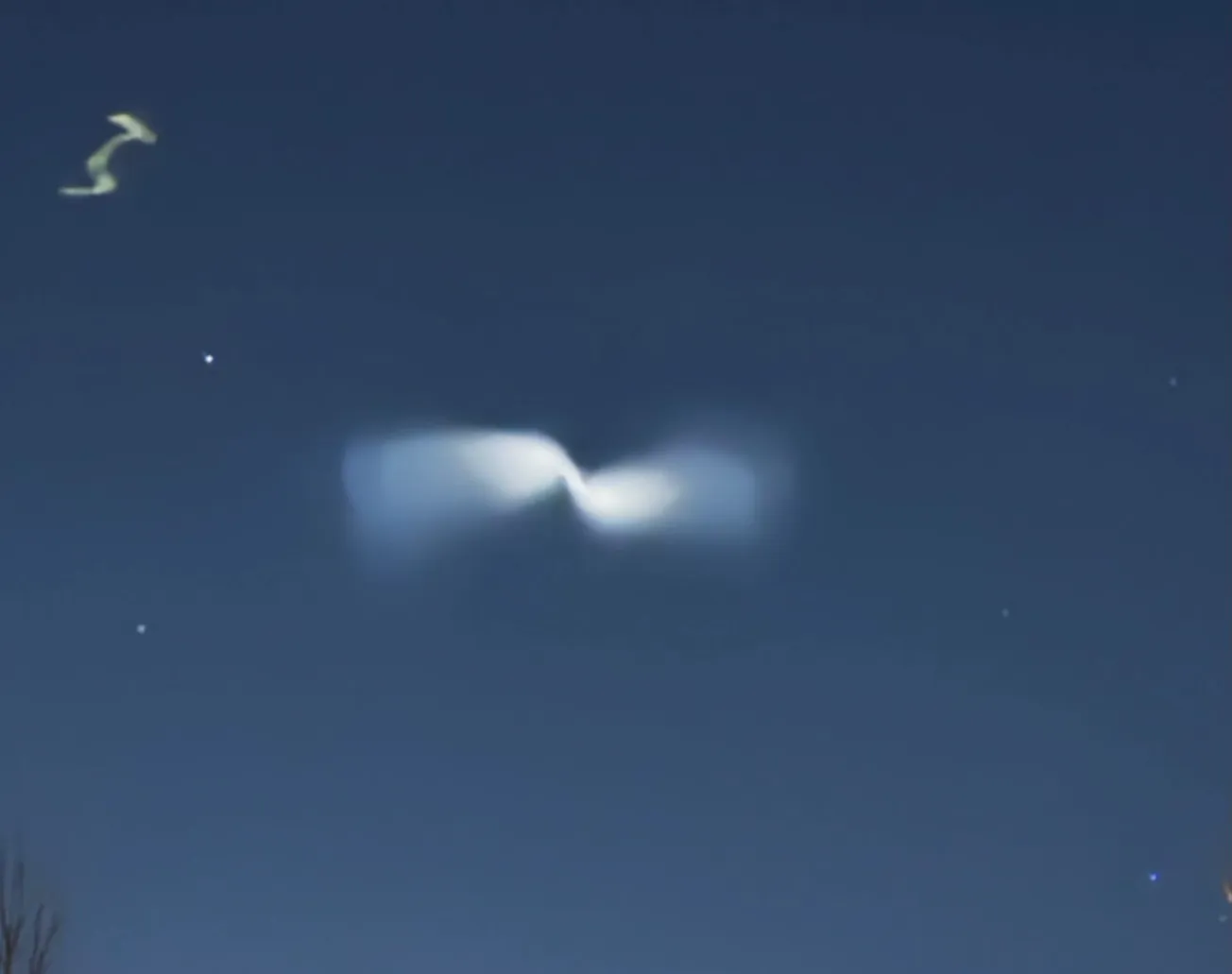Table of Contents
Like several other Bay Staters, Marblehead resident Anthony Silva was scratching his head Tuesday evening as he looked up to see a bright, circular shape suspended high in the sky.
“It was the brightest and most unusual shape in the sky, moving slowly northeast, getting gradually smaller,” Silva said. “I had no idea what I was looking at.”

Silva, who caught the moment on camera, was one of several North Shore residents to photograph the luminous, static swirl around 6 p.m. The glow, visible across Massachusetts, was caused by the European Space Agency’s Ariane 6 rocket, which launched earlier that afternoon from Kourou, French Guiana.
The heavy-lift rocket, carrying the Copernicus Sentinel-1D Earth-observation satellite, lifted off at 4 p.m. Eastern time. As its upper stage vented remaining fuel high in the atmosphere, sunlight struck the exhaust at just the right angle, creating the pale, S-shaped halo seen from hundreds of miles away.
Scientists say the phenomenon — a rotating fuel plume illuminated by the sun — has been documented after other launches, including earlier Ariane 6 and United Launch Alliance Vulcan Centaur missions.
The Sentinel-1D satellite, built by Thales Alenia Space for the European Union’s Copernicus program, will provide all-weather, day-and-night radar imagery of Earth’s surface. The successful launch marked Ariane 6’s fourth flight and third commercial mission.
The sight comes as skywatchers remain captivated by Comet 3I/ATLAS, an interstellar visitor that has been sweeping through the inner Solar System since its discovery July 1 by NASA’s ATLAS telescope in Chile. The comet made its closest approach to the sun Oct. 29, passing about 126 million miles from our star, and will make its nearest pass to Earth Dec. 19 at about 168 million miles away.
Comet 3I/ATLAS is only the third known interstellar object ever observed passing through our solar system, following ‘Oumuamua in 2017 and 2I/Borisov in 2019. Its hyperbolic orbit shows it isn’t bound by the sun’s gravity, meaning it will never return — a true cosmic passerby traveling at speeds exceeding 130,000 mph.

NASA’s Hubble and Webb telescopes have captured a teardrop-shaped cocoon of dust trailing its icy nucleus, while observations have revealed unusual chemical signatures including extreme carbon dioxide enrichment and water vapor.






